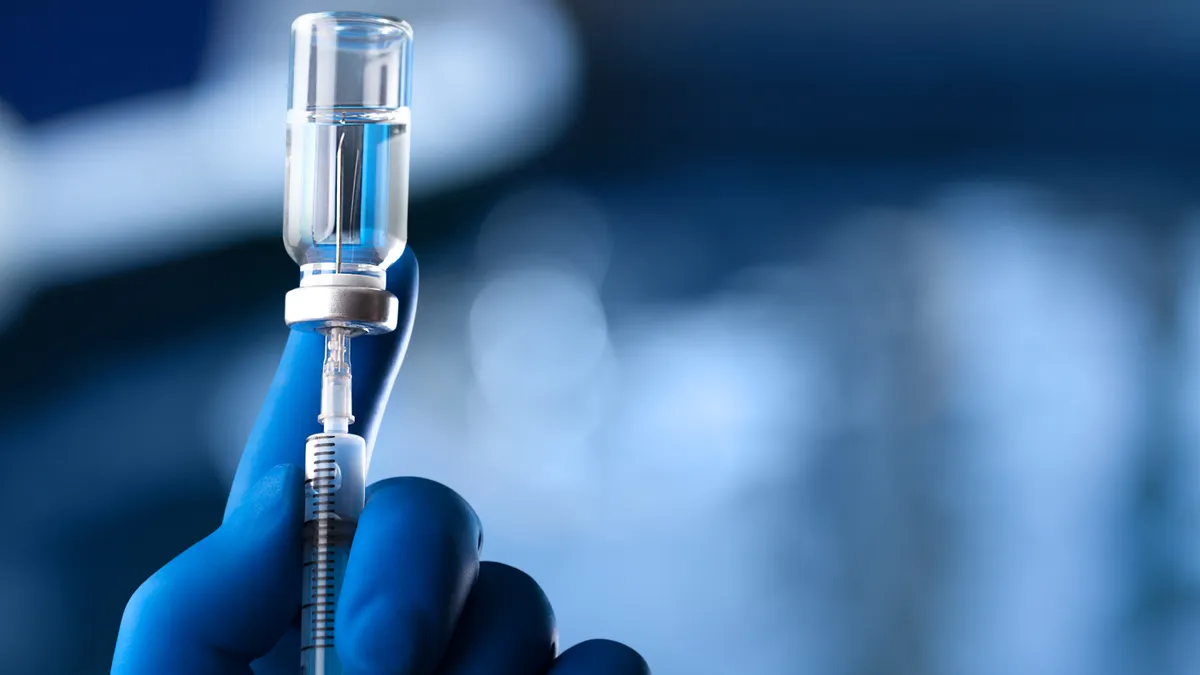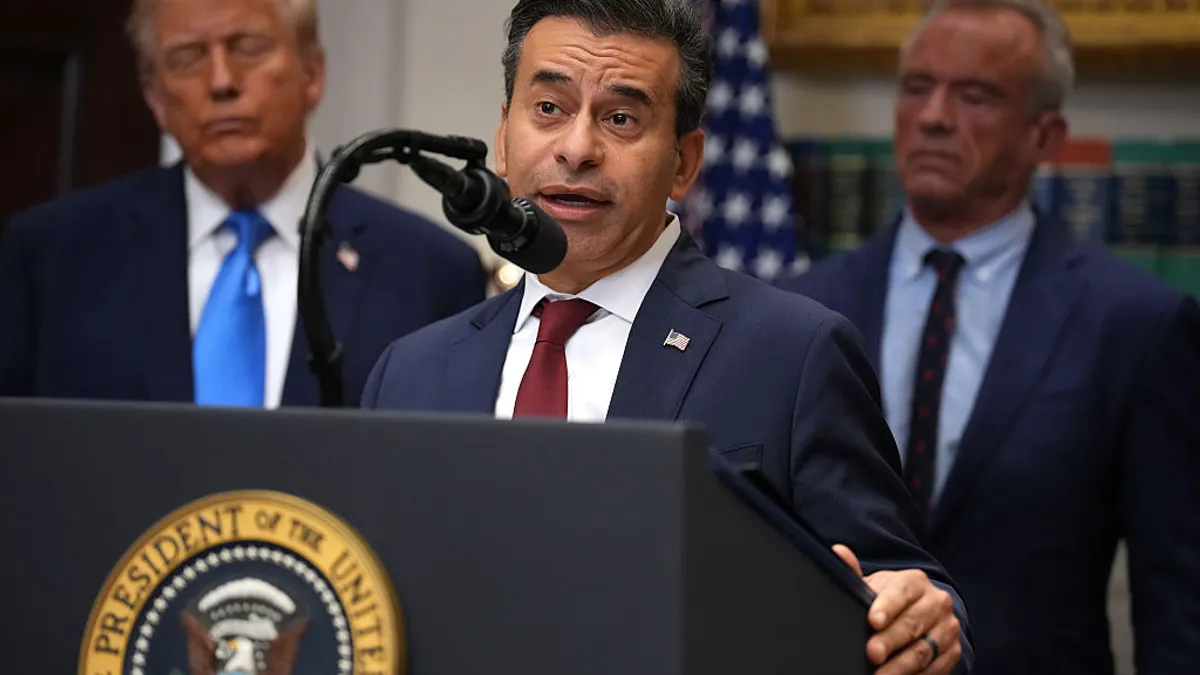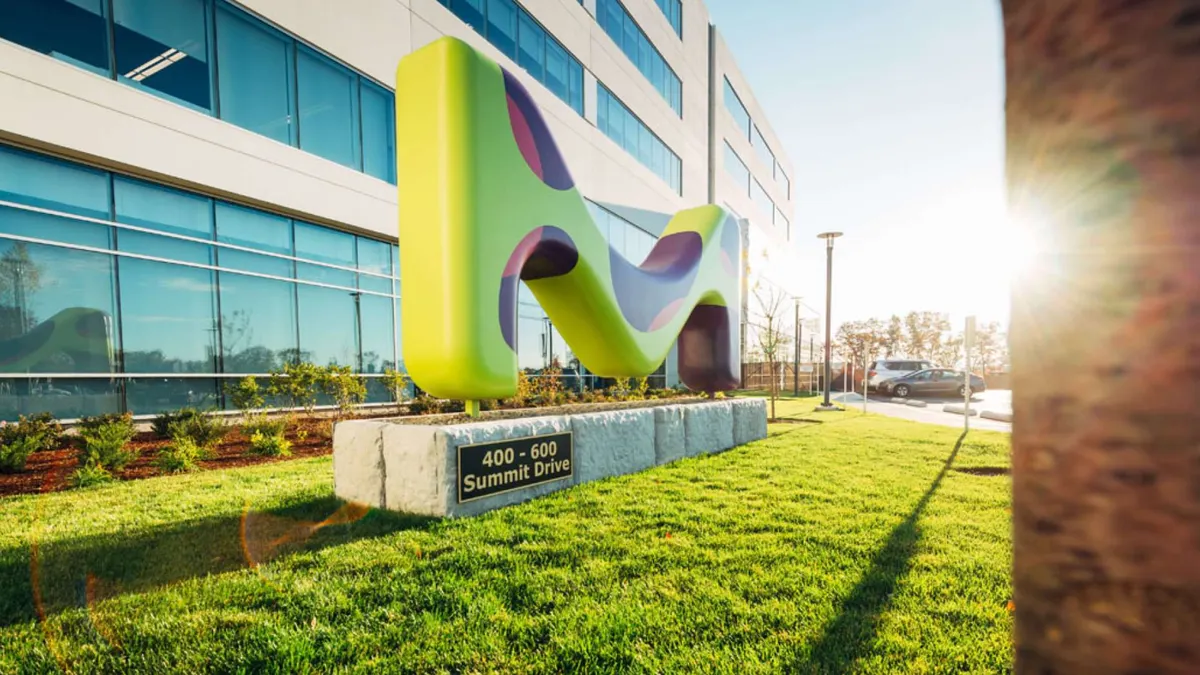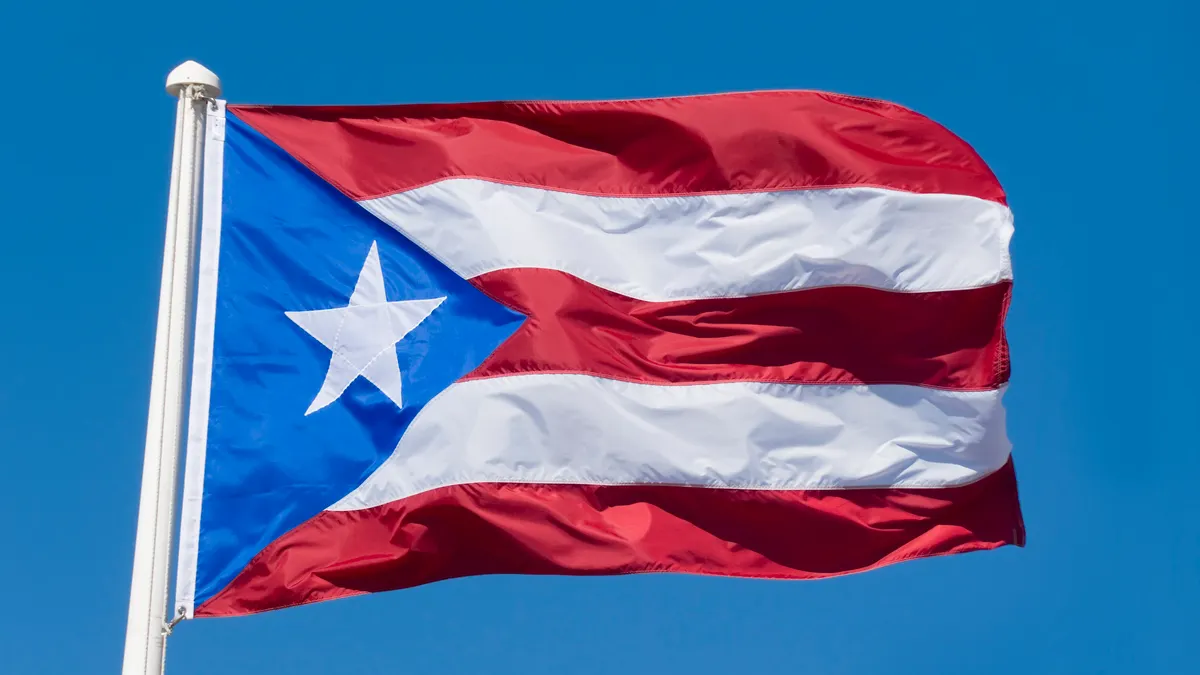The price of insulin has generally climbed in the last few decades. The media has detailed the resulting human toll in excruciating detail — parents who’ve had to sell their homes to pay for their child’s insulin, insulin-dependent patients being forced to ration their supply due to the high cost, others getting sick or even dying because they can’t get the medication they need to live. As debates about drug prices continue to rage, insulin has remained a poster child for perceived corporate greed in pharma.
Civica Rx, a nonprofit aimed at driving down drug prices and addressing shortages, is now looking to see if it can work some magic on the insulin market.
“Insulin is one of America’s most expensive drugs to treat chronic disease,” Martin VanTrieste, president and CEO of Civica explains.
Targeting insulin production, which is life-saving for people with diabetes, is right in line with Civica’s goal to shake up the landscape of drug pricing and pharma manufacturing. Launched in 2018 by some of the country’s leading healthcare systems — including Mayo Clinic and SSM Health — along with three philanthropies, Civica was first formed to produce and sell commonly used drugs to hospital systems.
“Civica was established to make essential medications available and affordable,” VanTrieste, a PharmaVoice 100 honoree, says.
Earlier this month, the organization announced its plans to now take aim at insulin by manufacturing and distributing three low-cost types of the drug — glargine, lispro and aspart — which are interchangeable with the branded versions — Lantus, Humalog and Novalog. Civica will co-develop the insulin, usher the products through clinical trials and the other steps required to secure FDA approval, then ultimately manufacture the finished goods. If all goes as planned, the first of these biologics will be available to consumers as early as 2024, VanTrieste says. Once on the market, the interchangeable biologic will have a recommended list price of no more than $30 for the consumer compared with a vial of the branded insulin that would normally cost $329 for someone without health insurance. A box of five pre-filled insulin cartridges will have a list price of $55 compared with $510 to the uninsured.
“Civica plans to sell its insulins at one low, transparent price for all,” the company said in a statement.
A novel model
Because Civica was established as a social welfare organization with no owner, its funding comes from member health systems and donors, which allows Civica to base its pricing on development, production and distribution. This model is what enables Civica to bring insulin to consumers at 85-90% below the current list prices, VanTrieste says.
“We're looking to drive drastic change, not just incremental change. To do that, we have to take a wholly different approach to producing and pricing products,” he says.
Civica was initially founded to produce generic versions of vital injectable medications and sell them directly to hospitals and healthcare systems through long-term contracts, which would insulate hospitals from drug shortages and unpredictable price spikes. Civica has already provided more than 55 hospital systems, and others, with 60 generic injectable medications, such as sedatives, blood thinners and pain management medications.
In 2021, the group launched CivicaScript, a new operating unit, which aims to do the same for drugs sold directly to consumers through retail and mail-order pharmacies. The two Civica divisions will team up on the insulin initiative — Civica Rx will oversee manufacturing while CivicaScript is at the helm of distribution. CivicaScript’s first medications are expected to come to market beginning later this year; the company has yet to announce the names of those medications.
The company has already achieved two-thirds of its $125 million funding goal thanks to the organization’s donors and partners. Using a cost-plus model, the focus will be on keeping prices in check. Even with inflationary pressure, VanTrieste says he's confident that the company will still be able to deliver insulin at a fraction of current market prices.
Manufacturing low-cost insulin
To bring the low-priced insulin to the market, Civica is partnering with GeneSys Biologics, a biotechnology company with headquarters in Hyderabad, India, which will manufacture the active ingredient. Vials, insulin pens, syringes and other needed equipment will be produced at a 140,000-square-foot manufacturing facility being built in Petersburg, Va.
“We'll ask all of our dispensers and pharmacies in the country that want to dispense our insulin, to adhere to our pricing strategy,” VanTrieste says. “We'll even go so far to have the manufacturer's suggested maximum price in our label.”
This way, VanTrieste says, if a consumer is charged more, they will know to look elsewhere for his or her medication.
The insulin will be available to all Americans. And because of the historically high list prices of insulin, those who might stand to benefit the most are the underinsured and uninsured.
Rising prices
Civica is not alone in its efforts to bring down insulin prices, a number of other philanthropic initiatives are aimed at the same target.
Legislators at the state and federal level also have tried to tackle the issue. Some states have passed bills to cap out-of-pocket insulin costs for consumers, while similar proposals have been floated at the federal level.
“Clearly, we applaud all like-minded initiatives to try to lower the cost of insulin. Civica is not there to achieve a certain market share," VanTrieste says. "We are a nonprofit company — we want to achieve a market impact.”
Several factors, including a lack of market competition, have kept insulin prices stubbornly high.
Just three companies — Eli Lilly, Sanofi Aventis and Novo Nordisk — control 90% of the global insulin market. Recently, some pharmaceutical companies have introduced programs to make insulin more affordable or released generic versions of their insulin products. The introduction of generic insulin options has brought prices down slightly in the last few years, but industry pricing remains far from the humanitarian ideals envisioned by the team that discovered insulin in the early 1900s. Ironically, that original group sold the patent for its insulin drug to the University of Toronto for $1, saying they didn’t want to profit off a drug that would be needed by so many patients.
Future drug targets
While insulin is one of Civica’s largest targets to date, the nonprofit has its eyes on a range of other drugs down the road.
“Clearly our nonprofit model could work with other products and other drugs, especially ones where there are price spikes,” VanTrieste says.
One potential target for this nonprofit model may be to develop drugs used to treat rare diseases.
“The cost to develop a generic for those products is $5 to $7 million dollars and production costs are very high, because there is no efficiency of scale,” VanTrieste says. But, with the help of donors, it may be an avenue to examine.
In many ways, Civica’s efforts have already exceeded expectations, VanTrieste says.
“We were able to move forward much sooner than anybody thought we could with partners and funding support from generous like-minded donors,” he says.



















